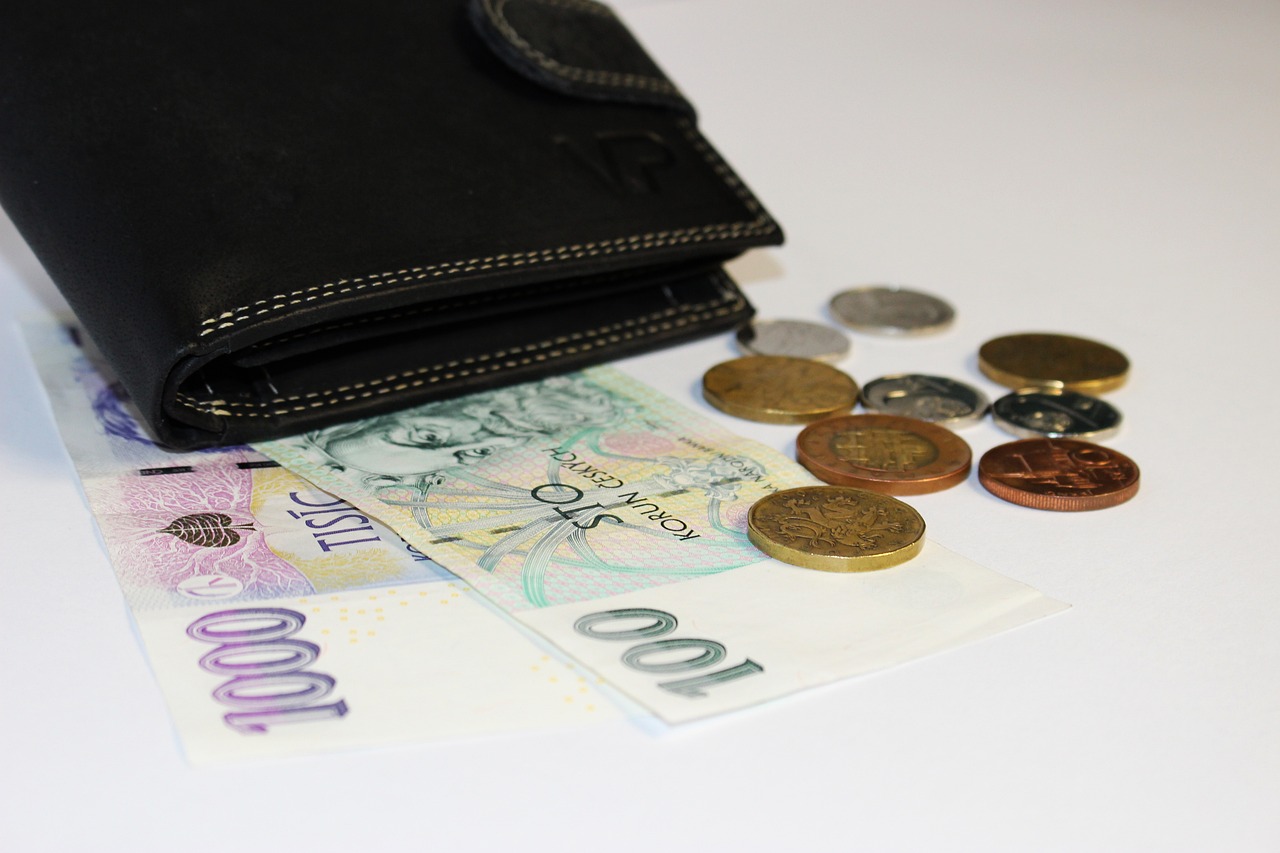US Dollar to Danish Krone: Economic Impact, Historical Trends, and Exchange Rates for Travelers & Investors
GPT_Global - 2025-10-31 05:30:17.0 75
How does Denmark’s economy affect the strength of the Danish kroner compared to the US dollar?
Denmark's economy plays a crucial role in determining the strength of the Danish krone (DKK) against the US dollar (USD). As a small, open economy, Denmark's financial health is heavily influenced by factors like GDP growth, inflation rates, and government policies. Strong economic performance often leads to a stronger krone, as foreign investors seek to capitalize on Denmark's stability and growth prospects.
Trade balance also impacts the currency exchange rate. Denmark is a major exporter, particularly in sectors like machinery, pharmaceuticals, and agricultural products. A positive trade balance often boosts demand for the Danish krone, strengthening its value against the US dollar. Conversely, when Denmark experiences economic setbacks, the krone may weaken, making it more expensive for individuals and businesses to send remittances abroad.
For businesses in the remittance industry, understanding how Denmark's economy affects currency fluctuations is essential. A stronger Danish krone can provide more favorable exchange rates, benefiting both senders and receivers of remittances. Conversely, a weaker krone may increase the cost of sending money, making it vital to track economic indicators and adjust strategies accordingly.

What is the history of the US dollar to Danish kroner exchange rate over the last decade?
The US dollar (USD) to Danish kroner (DKK) exchange rate has experienced notable fluctuations over the last decade, driven by both global and local economic factors. In the early 2010s, the exchange rate hovered between 5.2 to 5.7 DKK for each USD, reflecting relatively stable economic conditions.
However, after 2014, the value of the US dollar began to rise against the Danish kroner, reaching its peak in 2015 when the rate crossed 7 DKK per USD. This surge was largely influenced by the strengthening of the US economy and the European Central Bank's monetary policies, which included low interest rates.
In recent years, the exchange rate has stabilized, typically ranging between 6.2 and 6.6 DKK per USD. This steady movement has been supported by factors such as global trade dynamics, the COVID-19 pandemic's economic impact, and Denmark's strong financial position. For businesses and individuals involved in remittance, understanding these shifts is crucial when transferring funds between the US and Denmark.
In conclusion, the history of the USD to DKK exchange rate highlights significant economic trends and provides valuable insights for those looking to optimize their remittance transactions.
How do exchange rates between the US dollar and Danish kroner compare to other European currencies?
The exchange rate between the US dollar (USD) and the Danish krone (DKK) is an important factor for businesses and individuals involved in international remittance. Compared to other European currencies, the DKK typically maintains a stable relationship with the USD, influenced by Denmark’s strong economic fundamentals. This stability can be beneficial for remittance services, offering predictability in currency transfers.
When compared to the Euro (EUR) or the British Pound (GBP), the DKK’s exchange rate fluctuates less, as Denmark is not part of the European Union's common monetary system. This means that while the Euro and GBP often experience more volatility, the DKK provides more stability for international transactions.
For remittance businesses, understanding these exchange rate trends is crucial in optimizing transfer fees and ensuring customers get the best value for their money. By staying informed about currency movements, businesses can offer better services and make cross-border money transfers more efficient, especially between the US and Denmark.
In conclusion, while the US dollar to Danish krone exchange rate is generally stable, it’s essential for remittance services to stay up-to-date with global trends to ensure competitive rates for their clients. This can help enhance customer satisfaction and foster trust in the remittance process.
Can I use US dollars directly in Denmark, or do I need Danish kroner?
When traveling or sending money to Denmark, one common question is whether US dollars can be used directly in the country. While the US dollar is widely recognized globally, Denmark has its own currency, the Danish krone (DKK). This means that US dollars are not accepted as a regular form of payment in shops, restaurants, or services.
However, you can easily exchange US dollars for Danish kroner at currency exchange offices, banks, or ATMs. It's also important to note that most establishments in Denmark prefer payments in kroner and may offer unfavorable exchange rates if you attempt to use US dollars. Therefore, it's highly recommended to have Danish kroner when traveling or remitting money to Denmark.
If you're sending money to Denmark, remittance services allow you to send funds in US dollars, which are then converted into Danish kroner upon arrival. This ensures that your recipient receives the correct amount in their local currency. Using a reliable remittance service will save you from dealing with exchange rate confusion and ensure smooth transactions for both the sender and receiver.
How do I track the real-time exchange rate for US dollars to Danish kroner?
Tracking the real-time exchange rate for US dollars to Danish kroner is crucial for anyone involved in remittance services. With currency fluctuations affecting the value of transfers, staying informed helps ensure that you get the best rate. Fortunately, there are several ways to monitor these rates easily.
One popular method is by using financial websites and currency converters like XE or OANDA, which provide live, up-to-the-minute exchange rate data. These platforms offer historical charts, as well, so you can analyze trends over time. Many of them also have mobile apps for on-the-go tracking.
Another option is to check with your remittance service provider, as they often display current exchange rates on their websites or mobile apps. This ensures that you're aware of the exact rate you'll receive when making a transfer.
Lastly, subscribing to notifications from currency exchange platforms allows you to receive alerts when the rate reaches a particular threshold. This is especially useful for making strategic decisions when sending money internationally.
By staying updated with real-time rates, you can maximize your transfer’s value and make the most of your remittance business.
About Panda Remit
Panda Remit is committed to providing global users with more convenient, safe, reliable, and affordable online cross-border remittance services。
International remittance services from more than 30 countries/regions around the world are now available: including Japan, Hong Kong, Europe, the United States, Australia, and other markets, and are recognized and trusted by millions of users around the world.
Visit Panda Remit Official Website or Download PandaRemit App, to learn more about remittance info.



